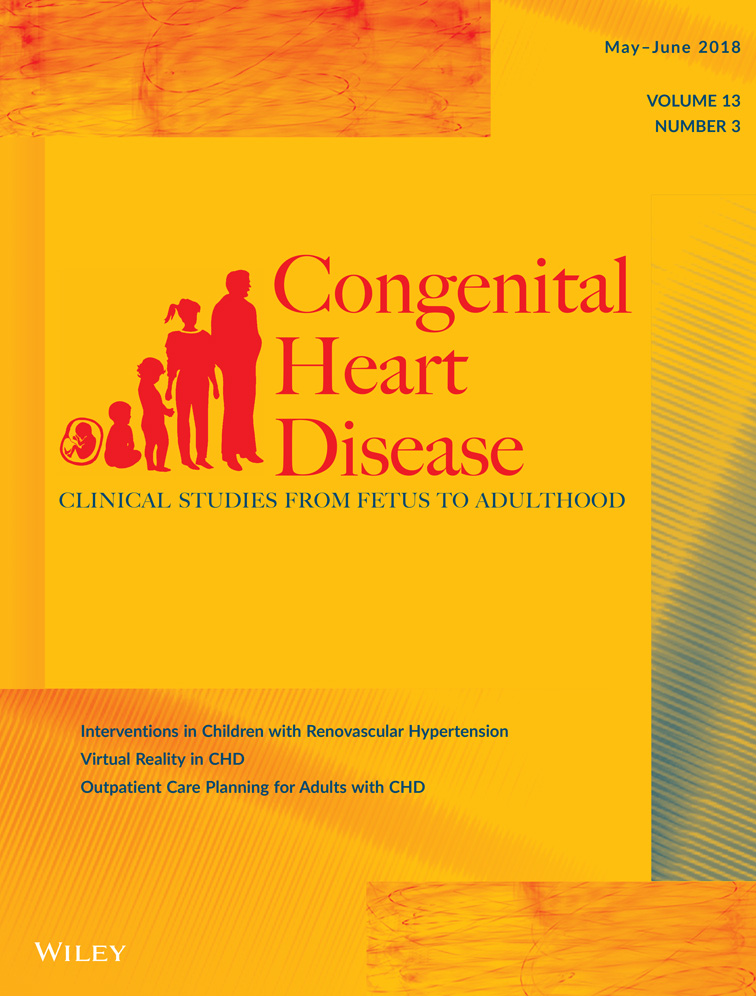Role of virtual reality in congenital heart disease
Funding information: Ministry of Science and Technology (Taiwan) Postdoctoral Research Abroad Program, Grant/award Number: 105-2917-I-564-003-A1 (CYH); American Heart Association Predoctoral Fellowship, Grant/award Number: 17PRE33670481 (CSO); Tan Kah Kee Foundation Postgraduate Scholarship, 2017 (CSO)
Juan R. Garcia and Lasya Gaur contributed equally to this study.
Abstract
Objective
New platforms for patient imaging present opportunities for improved surgical planning in complex congenital heart disease (CHD). Virtual reality (VR) allows for interactive manipulation of high-resolution representations of patient-specific imaging data, as a supplement to traditional 2D visualizations and 3D printed heart models.
Design
We present the novel use of VR for the presurgical planning of cardiac surgery in two infants with complex CHD to demonstrate interactive real-time views of complex intra and extracardiac anatomy.
Results
The use of VR for cardiac presurgical planning is feasible using existing imaging data. The software was evaluated by both pediatric cardiac surgeons and pediatric cardiologists, and felt to be reliable and operated with a very short learning curve.
Conclusions
VR with controller-based interactive capability allows for interactive viewing of 3D models with complex intra and extracardiac anatomy. This serves as a useful complement to traditional preoperative planning methods in terms of its potential for group based collaborative discussion, user defined illustrative views, cost-effectiveness, and facility of use.
CONFLICT OF INTEREST
None.




